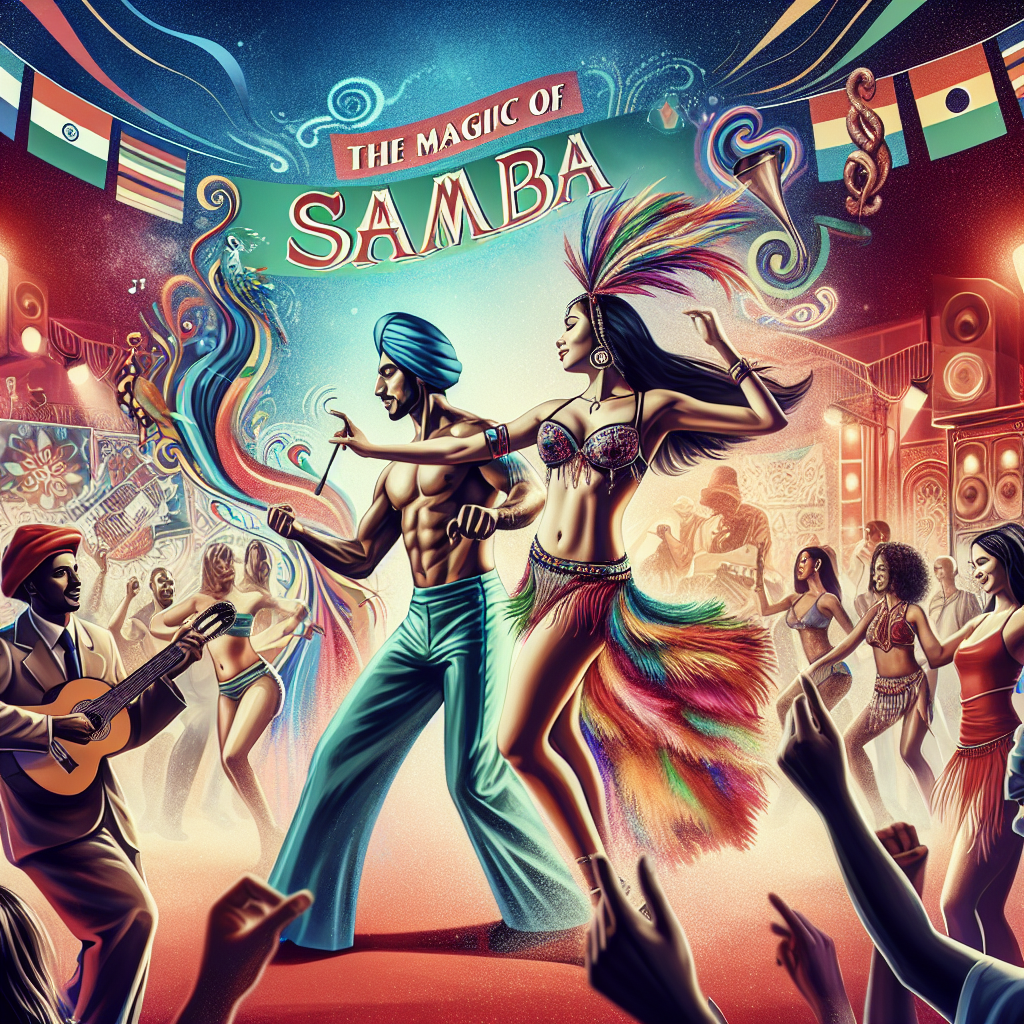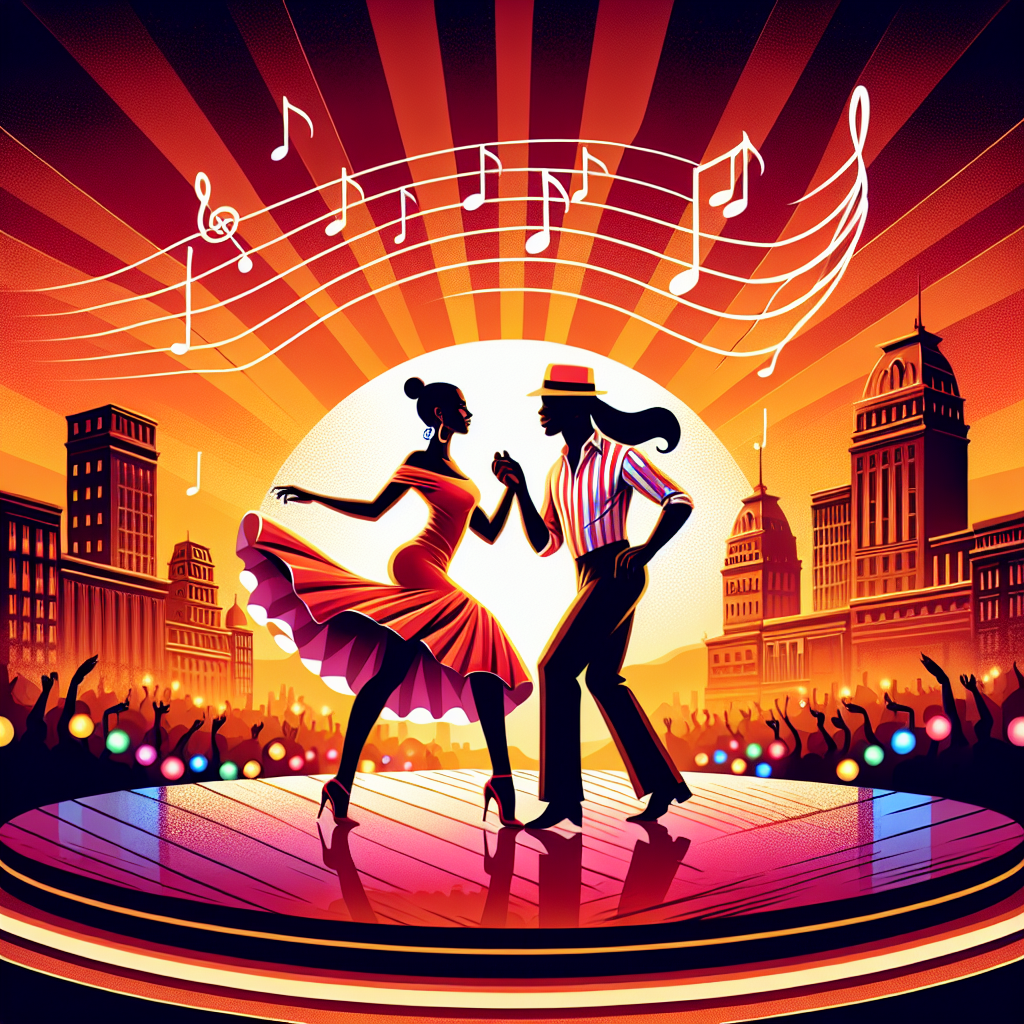The world of Latin music is vibrantly diverse, encompassing a myriad of styles and sub-genres from samba, salsa, and merengue to bachata, cumbia, and beyond. One such genre that continues to gain widespread popularity is reggaeton, with its infectious, pulsating rhythms causing a global stir. This article offers a deep dive into reggaeton, giving keen insights into its origins, evolution, key artists, and impact on Latin music.
Introduction to Reggaeton
Reggaeton is a music genre fusing influences from hip-hop, Jamaican dancehall, and traditional Latin American styles like bomba and plena. It is characterized by its rhythmic beats, aided by the distinctive “Dem Bow” rhythm pattern, and often features rapped or sung vocals in Spanish.
History and Origins of Reggaeton
The roots of reggaeton can be traced back to Puerto Rico in the early 1990s. It was heavily influenced by Jamaican reggae, American hip-hop, and Panama’s reggae en Español. The emergence of underground tapes in Puerto Rico helped in its dissemination, with DJ Playero and DJ Nelson being pioneers of this era. The genre’s identifiable “Dem Bow” beat is named after Shabba Ranks’ dancehall song, from whose rhythm many reggaeton beats are derived.
Evolution of Reggaeton
Initially, reggaeton was confined to Puerto Rico and mostly underground. However, that changed towards the late 90s and early 2000s as the genre began to gain mainstream acceptance. Songs like “Gasolina” by Daddy Yankee and “Oye Mi Canto” by N.O.R.E., helped propel reggaeton to the international stage.
The late 2000s and 2010s saw the genre continue to internationalize through collaborations with pop, R&B, and hip-hop artists. The fusion with electronic dance music also became increasingly popular, and the genre began incorporating elements from bachata, cumbia, among other styles.
Key Artists in Reggaeton
Daddy Yankee and Don Omar are often considered the pioneers of modern reggaeton. Their music gained global awareness for the genre, and they remain key figures in its ongoing evolution. Other contemporary artists like J Balvin, Bad Bunny, Ozuna, and Nicky Jam, have continued to push the boundaries and have helped made reggaeton one of the most popular Latin music genres globally.
Impact of Reggaeton on Latin Music
Reggaeton has significantly shaped the landscape of Latin music. It has brought Latin music to the global stage, with songs like “Despacito” and “Tusa” topping charts worldwide. Today, reggaeton is so integral to Latin music that its sound is frequently infused into other Latin genres, showing its widespread influence.
Conclusion
In conclusion, reggaeton’s pulsating beats, catchy melodies, and infectious dance rhythms have seen it grow from underground origins in Puerto Rico to a global phenomenon. As we’ve explored, its history is firmly embedded in the roots of various cultures, all of which contribute to its unique sound. Its growth and evolution continue to shape the landscape of Latin music, reaffirming itself as a dominant force in the music industry, not just within its Latin roots, but on a global scale.
Frequently Asked Questions (FAQs)
-
Who are some of the key artists in reggaeton?
Some of the key artists in reggaeton include Daddy Yankee, Don Omar, J Balvin, Ozuna, Nicky Jam, and Bad Bunny.
-
What is the “Dem Bow” rhythm?
The “Dem Bow” rhythm is a distinctive rhythm pattern that originated from Shabba Ranks’ dancehall song “Dem Bow”. It is a defining beat in reggaeton music.
-
What were the origins of reggaeton?
The origins of reggaeton trace back to Puerto Rico in the early 1990s. It combined influences from Jamaican reggae, American hip-hop, and Panama’s reggae en Español.
-
How has reggaeton influenced Latin music?
Reggaeton has played a significant role in bringing Latin music to the global stage. Its distinctive sound is often fused into other Latin genres, significantly shaping the landscape of Latin music.
-
How has reggaeton evolved over the years?
Over the years, reggaeton has evolved from being an underground genre to achieving mainstream acceptance. It has incorporated elements from different music styles, and its artists have stablished collaborations with artists from other genres thus broadening its appeal.




